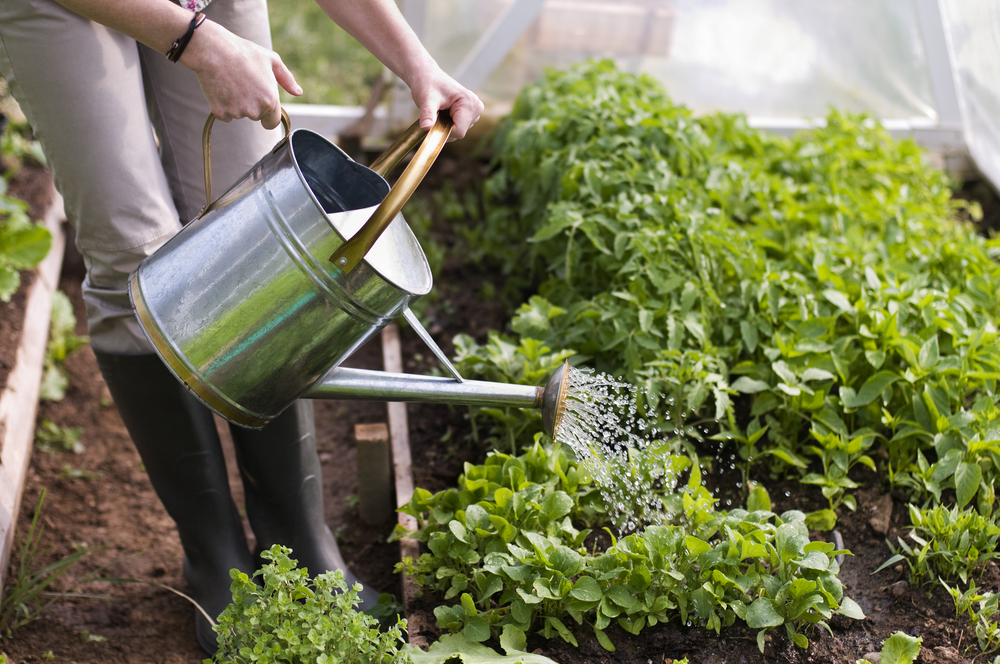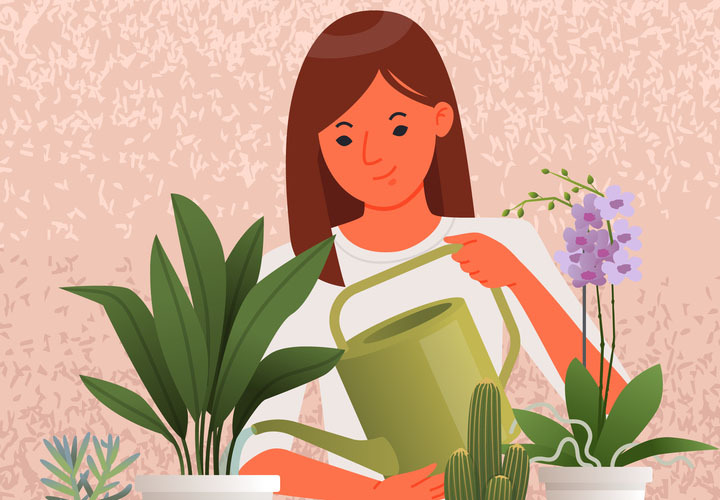Water is essential for plant life. Without water, plants cannot photosynthesize, which is the process by which they produce food. Water also helps to transport nutrients and minerals from the soil to the plant’s leaves and roots.
The amount of water that plants need varies depending on the type of plant, the climate, and the soil. However, there are some general guidelines that can help you to water your plants properly.
When to Water Plants
The best time to water plants is in the morning. This gives the plants time to absorb the water before the sun gets too hot. Watering plants in the evening can encourage fungal growth.
How Much to Water Plants
The amount of water that plants need varies depending on the type of plant, the climate, and the soil. However, a good rule of thumb is to water plants until the soil is moist but not soggy. You can check the moisture level of the soil by sticking your finger a few inches into the ground. If the soil is dry to the touch, it’s time to water.
How to Water Plants

There are a few different ways to water plants. You can water them from above with a hose or watering can, or you can water them from below with a drip irrigation system.
If you water plants from above, be sure to water the soil, not the leaves. Wetting the leaves can promote fungal growth.
If you water plants from below, be sure to water the entire root zone. This will help to ensure that the roots get the water they need.
Signs of Overwatering and Underwatering
Overwatering and underwatering can both damage plants. Overwatering can cause the roots to rot, while underwatering can cause the leaves to wilt and the plant to die.
Here are some signs of overwatering and underwatering:
- Overwatering:
- Wilting leaves
- Brown spots on leaves
- Stunted growth
- Root rot
- Underwatering:
- Wilting leaves
- Dry, brown soil
- Slow growth
- Leaf drop
How to Prevent Overwatering and Underwatering
The best way to prevent overwatering and underwatering is to water your plants properly. Follow the guidelines above to ensure that your plants are getting the water they need.
You can also help to prevent overwatering and underwatering by:
- Planting your plants in well-draining soil
- Mulching around your plants to help retain moisture
- Checking the moisture level of the soil regularly
- Watering your plants deeply and less frequently
Tips for Watering Houseplants
Houseplants need to be watered more frequently than outdoor plants, especially during the summer months. However, it’s important to avoid overwatering houseplants, as this can lead to root rot.

Here are some tips for watering houseplants:
- Water your houseplants when the top inch of soil is dry.
- Water your houseplants thoroughly, until water runs out of the drainage holes in the pot.
- Allow the soil to dry out slightly between waterings.
- Avoid wetting the leaves of your houseplants, as this can promote fungal growth.
- Water your houseplants in the morning, so that the leaves have time to dry before nightfall.
Conclusion
Watering plants is an important part of plant care. By following the guidelines above, you can help to ensure that your plants get the water they need to thrive.

